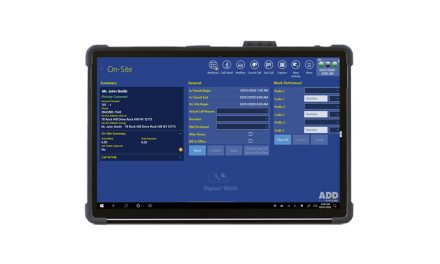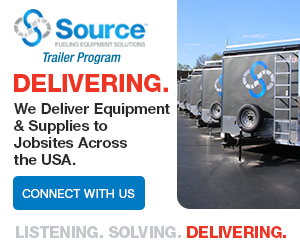Fuel releases from underground storage tanks (USTs) do not rank among the most common causes of UST compliance violations, an exclusive industry study reveals. The vast majority of Notices of Violation (NOVs) actually stem from failing to meet requirements related to documentation, reporting and measures designed to prevent UST releases.
Surprisingly, the research also shows more severe violations, including red tag removal and use of out-of-service tanks, ranking in the top 10, indicating potential flagrant breaches of compliance obligations.
The comprehensive study, summarized in a report titled ‘“C” Where it Hurts: Top 10 UST Compliance Violations and their Potential Risks and Costs for your Convenience Store’, was conducted by Clay Moore, Senior Director of Product at Leighton O’Brien and a leading authority on UST environmental compliance technologies.
The analysis included a statistical review of almost 125,000 unresolved (open) NOVs from publicly available US EPA data in October 2022 across five representative U.S. states: Texas, California, New York, Illinois and Arizona. Insights from state officials and major C-store compliance directors provided additional context.
Moore said the research was designed to help compliance managers and business leaders understand the most frequent causes and cost of violations to facilitate focused, effective management of their own compliance programs, and in turn reduce business cost.
“From huge volumes of record keeping and constant reporting deadlines to inspections, coordinating test vendors and taking corrective action, it’s a constant mix of moving pieces,” he said. “The research clearly shows you may be passing release detection but failing compliance overall.
“Failure to manage all these areas effectively creates the potential for EPA violations, including the top 10 NOVs outlined in this analysis. This can result in substantial financial impacts and be a huge drain on already strained resources to resolve.
“The research reaffirms the fact that the investment needed to manage compliance effectively is far less than the cost, time and difficulty of receiving and resolving compliance violations,” he said.
Key findings: The Top 10 UST NOVs
- Missing documentation
- Missing inventory control reporting
- Water ingress
- Permits not up-to-date
- 30-day inspection delays
- SPCC plans not maintained
- Vapor recovery test not conducted
- Stormwater pollution violations
- Red tag removal
- Use of out-of-service tank
“The high incidences of water ingress and stormwater pollution violations are of particular interest and concern given they suggest potential contamination and threat to surrounding groundwater and local communities,” added Moore.
The report also includes the associated potential penalties for each NOV, a severity scale in terms of the risk and cost to resolve, impacts of non-compliance and best practices to manage compliance with confidence.
“Compliance leaders need to take a holistic view and proactive approach and embrace compliance as an essential, ongoing business activity that can and should be a core priority—and an integral part of operations—companywide.
“But with thousands of aging USTs in active use, many site operators must decide between incurring significant costs of installing new UST components or managing higher risks of continuing to use existing tank systems,” he said. “It’s a difficult decision to navigate.
“As a global technology leader in UST environmental compliance, we hope the industry finds this report a valuable and useful resource that provides some guidance on what we’re all striving to achieve: safe operations with zero violations at minimal cost.”
A copy of the report can be downloaded here: https://www.leightonobrien.com/cwhere-ebook/?utm_source=fmn&utm_medium=pr&utm_campaign=c-store









